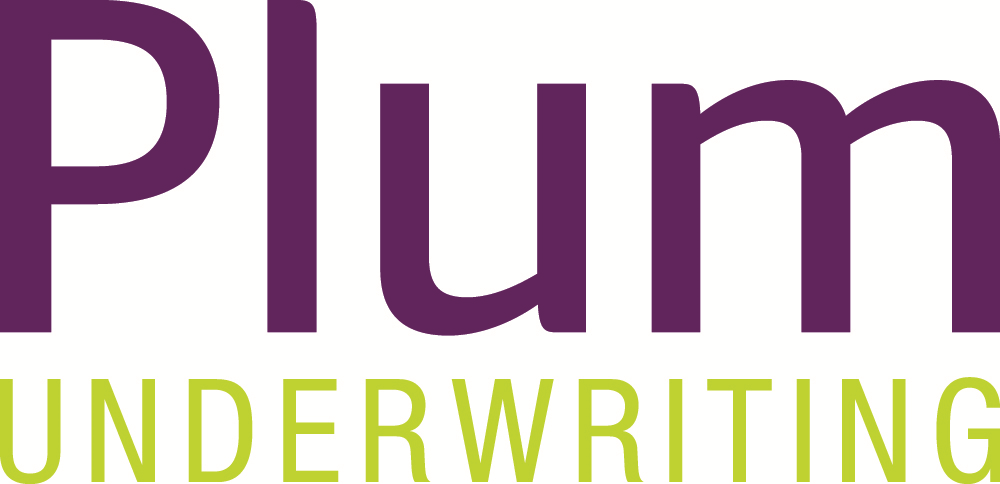Aggregators look to non standard risks for growth
Plum's David Whitaker thinks aggregators should expand their horizons When it comes to risk selection, online aggregators currently have a totally black and white approach. Clients can either obtain a quote online, which is binding on the insurer, or they are 'no quoted'. This unfortunately leaves those that cannot get a quote with no
opportunity to continue online and obtain insurance cover in a straight forward way.
However, many of the aggregators do have the appetite to be less black and white and cater for the more specialist markets which would allow more business to flow through. At the moment, for example, if an aggregator is able to quote for say 90%, that means 10% of those who wanted to buy online are lost. Much of that 10% could be catered for if additional information was available to underwriters either at the initial quote.
Whatever the real statistics are for individual aggregators, the fact is they are keen for the market to provide a way for them to serve the customers that currently elude them.
Over time insurers will undoubtedly broaden their underwriting appetite, probably as a response to aggregators’ or intermediaries’ desire to easily quote for more customers. Some of the intermediaries on aggregator sites already have the appetite to access the same customers that the serving standard question sets currently exclude.
However not all insurers have the appetite for this. The larger, volume-driven, standard-risks-only insurers in the main do not, but, entrepreneurial intermediaries and the often Lloyd’s-based underwriters and agencies behind them, certainly do. The software houses will play a key role in making this a reality and two things need to happen. Firstly, their standard question sets need to broaden to allow those currently not served to obtain quotes; secondly, the software houses need to allow non-binding quotes to be displayed on aggregator sites for non-standard risks that require more information before underwriters can commit. This will perhaps require a change in mindset and some investment in system and question set functionality.
Undeniably these are hurdles to be overcome but the fact remains that the full market potential of the aggregators has not yet been tapped. The appetite is there among intermediaries, aggregators, brokers and underwriters, not to mention the potential policyholders who are currently being turned away.
Furthermore, wider risk acceptance criteria would not only help growth but would encourage people to fully disclose at the initial quote stage. At present if an applicant cannot obtain a quote because the rules are too narrow, they can either seek other routes to market or bend their details to fit with an aggregator, often leaving themselves without cover in doing so. However, if buyers had the confidence that aggregators could accept those that do not have tick-box profiles this would undoubtedly encourage people to be more truthful.
This is a further incentive for the stakeholders involved to work together to open up aggregators to these wider markets. So the scene is well and truly set for aggregators to advance to the next phase to try to realise the model’s potential; and is not a question of ‘if’ but ‘when’ – that and who will make it happen first.
David Whitaker is technical Director at Plum Underwriting.
